Dogs have always been a prominent part of Greek mythology. According to the ancient texts, they acted as loyal companions to the goddesses and gods and the heroes of the mortal world.
Canine heroes, as mentioned in Greek mythology
Argos
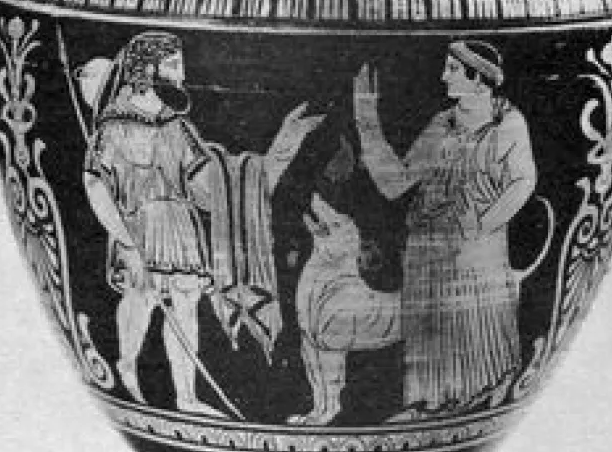
The first name that comes to mind is Argos, the pet dog of Odysseus. When he left Troy after defeating the kingdom for his kingdom, Ithaca, did he know that he would have to contend with the likes of Sirens, furious gods, and inebriated Cyclops to deal with?
Most people in his hometown thought that he was dead. However, his always faithful wife Penelope, his son Telemachus, and his dog Argos, whose loyalty never wavered, had never lost hope that he would return one day. For 20 years, Odysseus navigated the harsh seas without fear until he finally reached his home.
Odysseus entered his town in disguise, wearing the cloak of a beggar. Even as he approached his home, Argos – the dog he had bred before leaving for Troy and who had grown old – noticed him. Argus was in poor condition as he had been exiled from the royal house and was living in squalid conditions.
When he saw Odysseus, he dropped his ears and wagged his tail. Odysseus noticed him straight away. He was moved at the sight of his dog. He started to cry by how faithful his dog was. Argos cried when he saw his master and died soon after because of his happiness.
Homer describes him as a dog with whom Odysseus had not spent much quality time. He says that when he was young, young men took him out with them when they went hunting wild goats, hares, or deer. However, when his master was gone, he lay neglected on the heaps of cow and mule dung in front of the stable doors till he was taken away from the place so the stable could get cleaned.
He was in poor condition, as was evident from the fleas that covered his entire body. Penelope’s suitors compounded his condition. They kicked him away from home. Homer describes that he was in such bad condition that even though he noticed Odysseus after such a long time and greeted him on his way, he could not get up and reach him. His debilitating condition moved Odysseus to tears, and he enquired about Eumaeus.
He described his wonderful build as noticeable even in such pitiful condition and asked Eumaeus if he was just a dog who came to beg for food or if he was kept simply for show. Eumaeus then told him that he belonged to Odysseus without recognizing that he was talking to him only.
He lamented that if he had been in the condition when the king left for Troy, he would have shown him what he was capable of. He narrated how during his prime, there was no wild beast in the forest that could escape him once he was on their trails.
Then he lamented how he had fallen on hard times because his master was presumably no more, the women did not care for him any longer, and the servants did not do their work since their master was no more. At this time that Argos passed to the afterlife contented that he had seen his master after such a long time. As far as dog owners go, such daily displays of devotion and faithfulness are common. The greatness of the sage Homer lies in how he beautifully depicted the essence of a dog’s spirit.
Laelaps
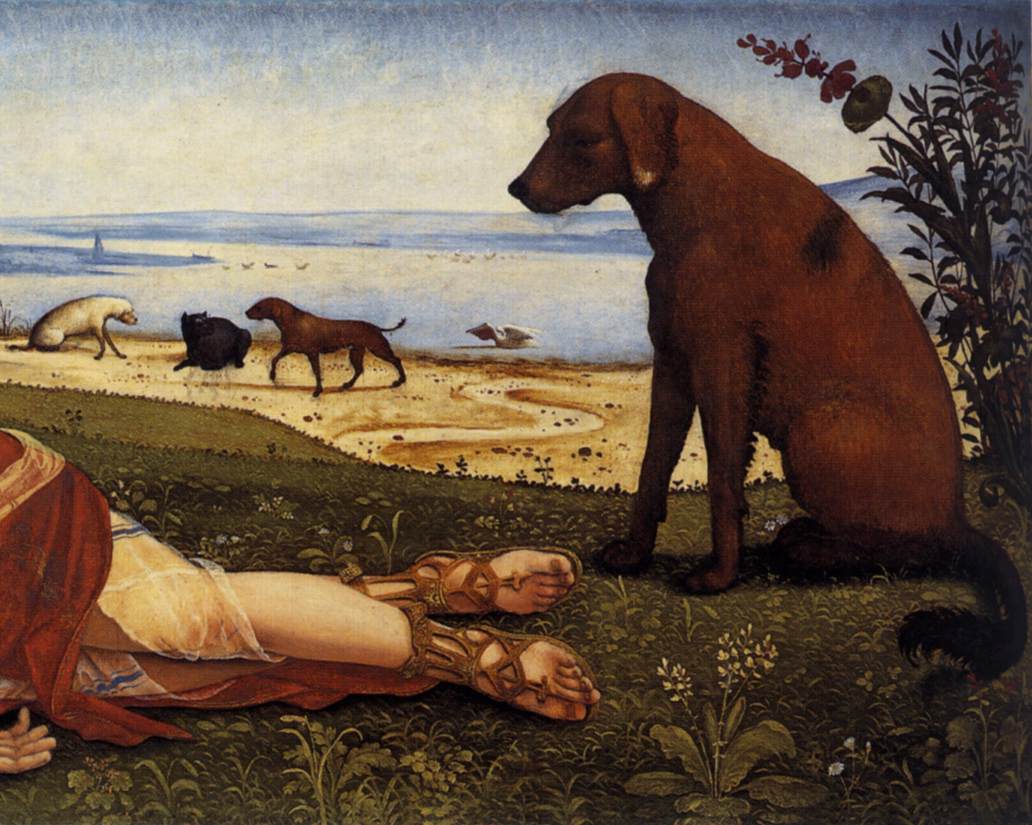
It was a dog that could always catch his prey. There are no stories on the parentage of Laelaps, but some people suggest that he was the same dog who watched over Zeus when he was an infant on Crete. It was a golden hound tasked with safeguarding the infant who would later become the king of gods. The story of this dog starts with the abduction of Europa by Zeus, who had taken a form of a bull to do so. He took her to the island of Crete, where he made love to her, and she bore him three sons after getting impregnated by her – Rhadamanthys, Sarpedon, and Minos.
Zeus, however, left her, and one of them was Laelaps. The other two gifts were a man of bronze named Talos to protect Europa and a Javelin, which was like Laelaps as it never missed its target. Minos inherited him from his mother and gifted him to an Athenian princess named Procris when she cured him of a curse as she had promised she would do. Soon, after Procris’s unfortunate and accidental death at her husband’s hand, Cephalus became his master.
The ownership of Laelaps changed hands the final time when Cephalus agreed to let Amphitryon, the husband of Alcmene, use him to catch the Teumessian fox, a man-eating monster that had been terrorizing Thebes. Creon had tasked Amphitryon to get rid of this fox that posed a serious threat to the life of the people in the city. Moreover, no hunter had ever come close to capturing it. Laelaps was the perfect choice for this task, as he never missed his target. It was the reason why Amphitryon requested to use Laelaps.
The deal was reached in exchange for the supposed share of spoils between the two individuals from the war Thebes was having at that time with the Taphians. The decision created a paradox. Because the fox was destined not to be caught, and Laelaps was always supposed to catch his prey. Zeus decided to end the chase once he saw what was going on. He turned both of them into stones and then transformed them into constellations – Laelaps into Canis Major and the Teumessian fox to Canis Minor – to ensure the chase would continue.
Cerberus
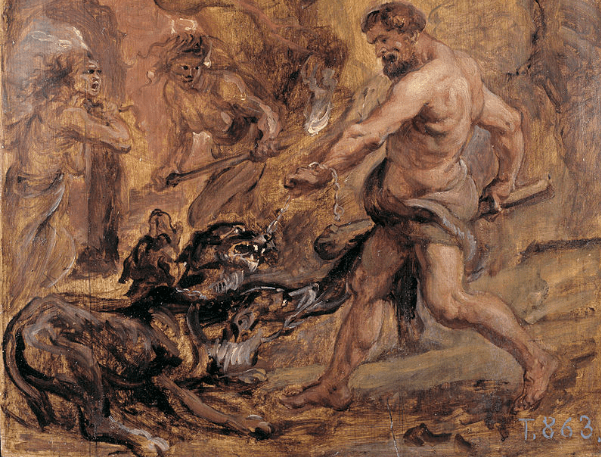
It is the most fearsome dog in Greek mythology – a three-headed dog who guarded the underworld. His parents – Echidna and Typhon – were monsters themselves. Typhon was a giant with a hundred heads, and Echidna was a snake and a woman in equal parts. Cerberus had a mane of snakes and a tail with a dragon head apart from the three heads. Hades himself entrusted Cerberus with the duty of guarding the underworld. He was supposed to ensure that no living soul could escape that place. He was such a ferocious creature that the Great Hercules was tasked with capturing him as part of his 12 labors.
Even though Cerberus is a fearsome creature, he is associated with healing too. Because he regularly drank from the river Lethe which made him forget all suffering and pain. The river is associated with oblivion and forgetfulness as well. It is said that if someone drank from the river, they would forget all their memories. It is a reason why some people think that Cerberus symbolizes resurrection and the afterlife.
Frequently Asked Questions
Q: Who is the Greek goddess of dogs?
A: The Greek goddess of dogs is Hecate, who happens to be the goddess of crossroads and entryways. She is described as having three heads and having the heads of other animals.
Q: What is the name of Zeus’s dog?
A: Laelaps is also known as Kuon Khryseos or Golden Dog. He was sent by Rhea so that the infant Zeus and his nurse, a goat named Amaltheia, could be protected.
Q: What are some legendary dog breeds?
A: Two canine breeds mentioned in classical Latin literature – Molossian dogs, a heavy breed, and Laconian or Spartan dogs, were known to be swifter. They were native to Greece and used by Romans too.
Q: Who is the god of dogs?
A: Anubis is a god from ancient Egypt depicted as a man with a canine head or a canine completely. He is the god of funerary rites, a guide to the underworld, and a protector of graves.
Q: Which Egyptian god is a dog?
A: Anubis is depicted as a god with a human figure, and the head of a dog or a jackal is even depicted as a canine. He guided the souls to Osiris in the afterlife.
Conclusion
Dogs enjoyed distinct positions throughout Greek mythology. Indeed, they were very special to their masters and have always accompanied them for protection and hunting expeditions. Even the Greek citizens bestowed deep faith in the dogs and often assigned the task of hunting and protecting their households.

 DogExpress
DogExpress




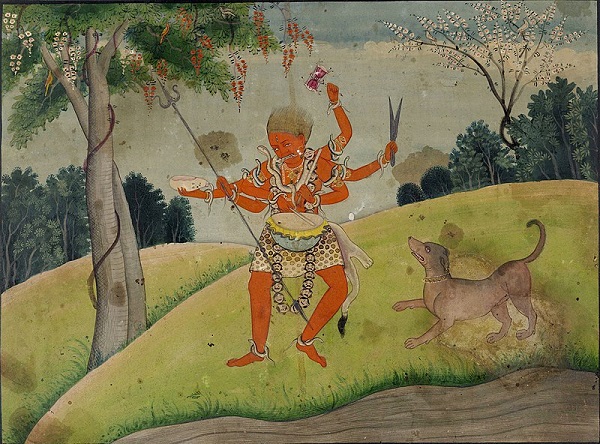
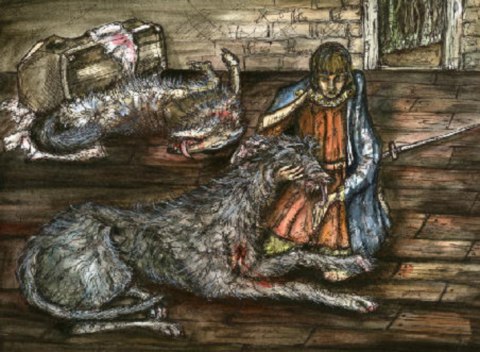












 in Chandigarh, India.
in Chandigarh, India. 
